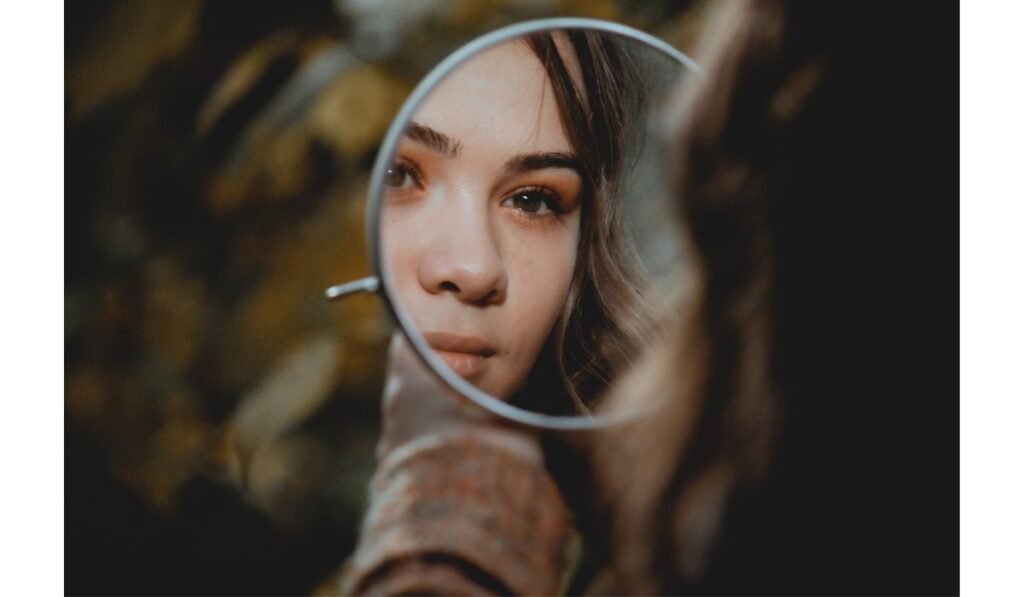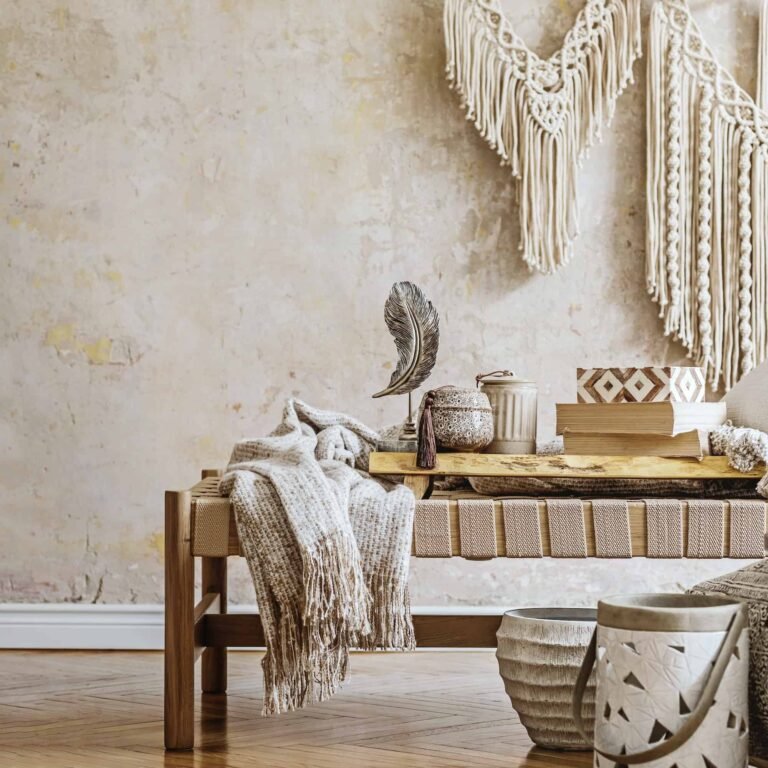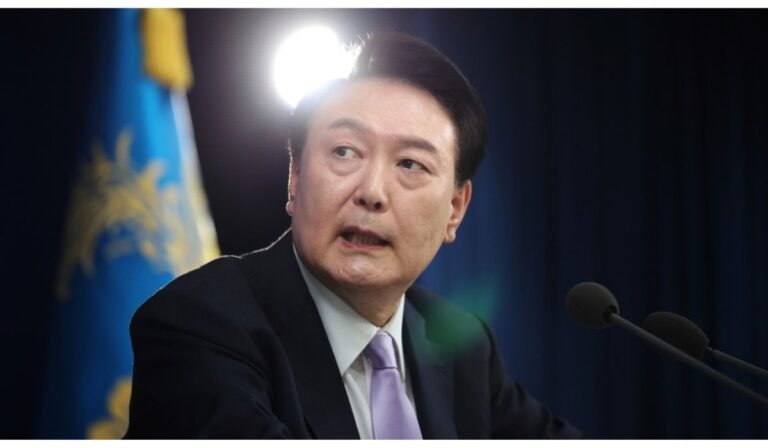Introduction: The Intrinsic Value of Physical Beauty
Throughout history, physical beauty has played a significant role in human societies. From ancient Greek ideals of proportion and harmony to modern-day standards influenced by media, the concept of beauty has been fluid but powerful. In this blog, we explore how physical beauty, shaped by aesthetics, influences our perception and why these perceptions matter more than we think.
The Evolution of Beauty Standards
1. Historical Perspective
Beauty standards have evolved dramatically across cultures and eras. In ancient Egypt, symmetrical facial features and kohl-rimmed eyes symbolized beauty. During the Renaissance in Europe, fuller figures were associated with wealth and fertility. Today, trends fluctuate based on celebrity culture, fashion, and social media influencers.
Anthropologists argue that humans are biologically wired to be attracted to certain physical traits. For example, symmetry is often regarded as a sign of genetic health. Evolutionary psychologists suggest that humans evolved to perceive beauty as an indicator of fitness, health, and reproductive potential. As such, our ancestors who aligned with these preferences were more likely to pass on their genes.
2. Cultural Differences in Beauty
Different cultures define beauty uniquely. In South Korea, pale skin and a youthful appearance are highly valued, leading to a booming skincare and cosmetic surgery industry. Meanwhile, in Africa, body modifications such as lip plates or scarification have historical significance and symbolize status and beauty.
Understanding these cultural variances highlights that beauty is not universal but deeply contextual and often tied to societal values. Yet, a globalized world and the rise of Western media have led to a homogenization of beauty standards.
The Role of Aesthetics in Perception
1. What Is Aesthetics?
Aesthetics refers to the branch of philosophy that deals with the nature and expression of beauty and taste. In the realm of physical beauty, it encompasses facial symmetry, skin tone, body proportions, and grooming. Aesthetic principles determine what we find beautiful and how we engage with beauty across different forms.
Aesthetics is not just limited to outward appearance but extends to movements, behaviors, and even speech. A person’s mannerisms and body language, when combined with visual appearance, shape overall perceptions of beauty.
2. Cognitive Biases and Beauty
The “halo effect” is a psychological phenomenon in which our impression of someone’s physical appearance influences our overall judgment of their character. Studies show that attractive people are often perceived as more competent, intelligent, and trustworthy, even without evidence to support these assumptions. This bias extends to various areas, from job hiring to court trials, where attractive people tend to receive more favorable outcomes.
Moreover, beauty significantly impacts first impressions. In milliseconds, we assess someone’s attractiveness, which affects how we interact with them. A 2006 study published in “Psychological Science” found that people often attribute positive qualities to those deemed physically attractive, thus reinforcing beauty’s importance in social interactions.
The Influence of Media and Technology on Physical Beauty Standards
1. Media’s Role in Shaping Beauty Ideals
For decades, traditional media—magazines, TV, movies—has played a crucial role in setting beauty standards. Supermodels like Cindy Crawford and actresses like Marilyn Monroe set trends that women and men aspired to emulate. Advertisements, often enhanced by airbrushing and digital editing, created an unattainable standard of perfection that people felt pressured to meet.
Today, social media platforms such as Instagram and TikTok have amplified the beauty narrative. The “Instagram face,” characterized by features such as full lips, sharp jawlines, and high cheekbones, has become a global beauty trend. Influencers promote products, fitness routines, and cosmetic surgeries, leading many to conform to increasingly uniform standards of beauty.
2. The Rise of Filters and Cosmetic Surgery
With the widespread use of filters and augmented reality (AR) technology, our perception of beauty is becoming more digitally altered. Filters can smooth skin, enlarge eyes, and change facial structure with the click of a button. This phenomenon is known as “Snapchat dysmorphia,” where individuals seek cosmetic surgeries to resemble their filtered selves.
Cosmetic surgeries, such as Botox, fillers, and rhinoplasty, are becoming normalized, with people opting for procedures to enhance or preserve their looks. In South Korea, for instance, it is common for young people to undergo double eyelid surgery to achieve a wider-eyed look, believed to align with Western beauty ideals.
The Consequences of Beauty Standards
1. Mental Health and Self-Esteem
The pressure to conform to societal beauty standards can negatively affect mental health. Studies have found that people who are dissatisfied with their appearance are more likely to suffer from low self-esteem, anxiety, and depression. The constant comparison, especially on social media, exacerbates body dysmorphia and leads individuals to pursue extreme measures, such as disordered eating or unnecessary surgeries, to meet unattainable ideals.
2. The Objectification of Beauty
Physical beauty, when overly emphasized, leads to objectification, where individuals are judged solely on their appearance rather than their talents, intellect, or character. Women, in particular, face scrutiny for their looks in professional settings, reinforcing gender inequality. The focus on outward beauty can detract from recognizing an individual’s other valuable attributes.
The Future of Beauty Standards: A Shift Towards Inclusivity?
1. The Rise of Body Positivity
In recent years, movements such as body positivity and body neutrality have emerged to challenge conventional beauty norms. These movements encourage people to embrace their bodies, regardless of size, color, or physical features, shifting the focus from aesthetic perfection to self-acceptance. Brands and influencers are increasingly promoting diverse beauty through unretouched photos and inclusive campaigns.
2. The Role of Technology in Defining Beauty
As technology continues to evolve, we might see a future where beauty is no longer rigidly defined by media or societal standards. Virtual influencers, AI-generated characters, and VR environments will likely expand the concept of beauty, blending the digital and physical worlds. This could democratize beauty, allowing for a more personalized and flexible understanding of what it means to be “beautiful.”
Exploring the Impact of Physical Beauty and Aesthetics on Our Lives
Physical beauty and aesthetics have a powerful influence on human perception. While historically defined by cultural and societal norms, beauty standards are shifting towards inclusivity and self-acceptance. Nonetheless, it’s important to understand the far-reaching implications of these standards on mental health, self-esteem, and social equality. As we move forward, balancing traditional aesthetics with a more inclusive approach may help redefine our perceptions of physical beauty.
read more








